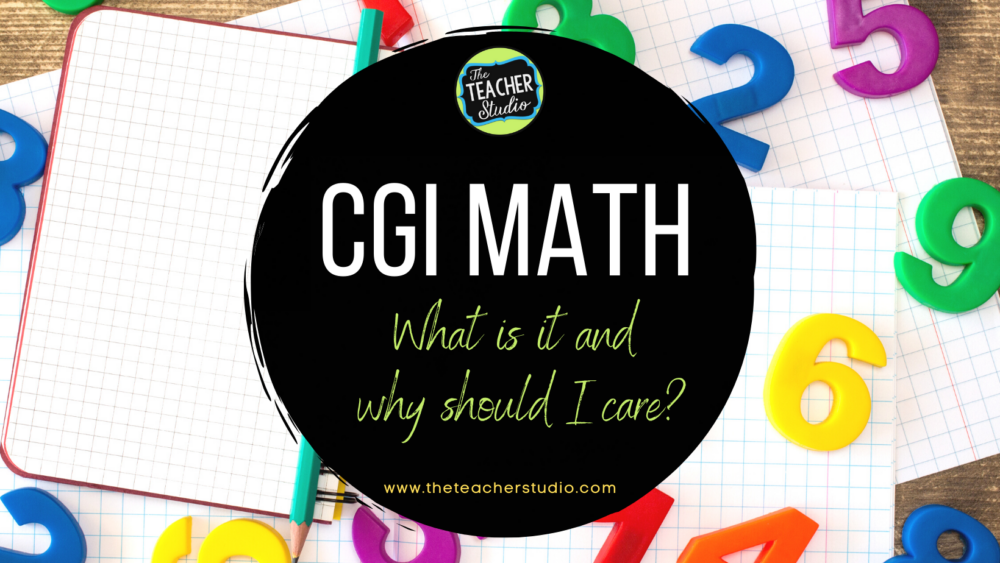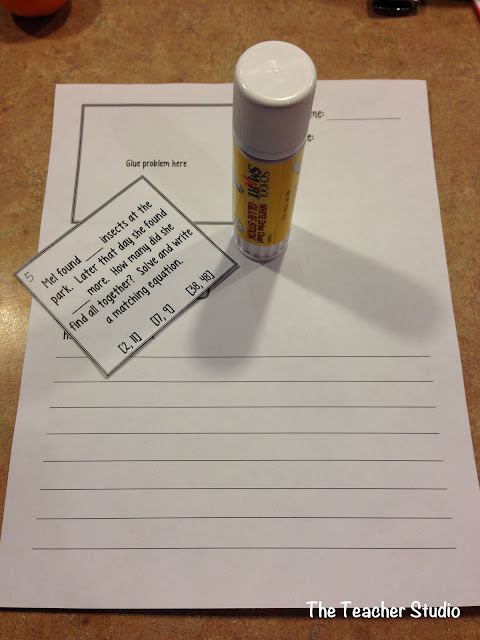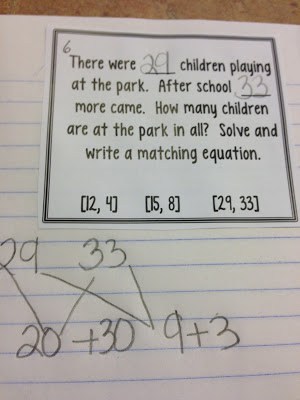One thing that I know to be true is that sometimes we need to hear/see/read things more than once before they really sink in. This week’s “Texts on Tuesdays” is a throwback to a post from LAST summer…with a few changes. If you aren’t familiar with CGI math, I can’t suggest enough that you dig in and learn as much as you can. Whether you teach primary or intermediate students, understanding how students learn to problem solve is so important.

Cognitively Guided Instruction is an approach to teaching math developed at the University of Wisconsin in the late 1980’s and early 1990’s. (Yes, this is when I was there!). It is based on using students’ own thinking as the foundation for instruction. In other words, teachers base what THEY do off what the students already know. The researchers (Carpenter, Fennema, and more) base their work on the assumption that students come to school with a certain amount of informal understanding about numbers and math. The teacher’s job is to learn what students know already, build upon it, and help students make connections between real-world math “stories”/experiences. Eventually they more to the abstract symbols we use to represent math (like +, =, etc).
This is VERY different than how math is traditional taught where we start very early by teaching the abstract symbol (“+) and then try to attach meaning to it. In other words…we need to teach math IN a REAL WORLD CONTEXT well before we introduce those abstract symbols! By immersing students in story problems from the day they enter our schools, we can better help them understand math and help them to be better problem solvers with better number sense. The implications for us as teachers is that we need to become experts in “reading” our students, learning what they know (see why mathematical discourse will be so important?!?), and then making smart educational decisions for them.
As teachers, we must also learn about the different processes and strategies that are typically used by children to solve these problems, and the various stages that students go through as they develop their math knowledge.
Ok…I know this was wordy and I STILL didn’t convey the essence of CGI math…if you are intrigued, I am including links to a few articles that you may find interesting! I seriously wish I could convey it better…but if you are intrigued, I hope you might find some of these resources interesting. Check out an Interesting Article about how CGI is making a difference in an at-risk school
CGI article explaining more about what it really is!
There is also an excellent book that you might find useful if you want to understand the math in-depth and get much more information about implementation. I’ve included the link below. Please note that it is an affiliate link for Amazon.
Perfect for intervention
So…CGI is really critical in the early years. For ME, as a fourth grade teacher, I feel I need to backtrack with some of my strugglers to give them some of these experiences. First, I worked to organize my thoughts and created some problems to create an “intervention” group of sorts. As I kept going, it grew and grew. It was important for me to have sets of word problems that were “real world”…I wanted students to be able to select “just right” numbers to use–so different levels could use the same problems…I wanted BIG sized problems to use for teaching and displaying.
THIS was born!

Here are a few snapshots!
 |
| Blank pages to glue problems to use as assessments…the rest of the problems got glued into math journals |
 |
| Students pick the numbers that are the right size for them… |
 |
| Full-sized problems to use as teaching tools |
 |
| Love watching how students solve the problems…and then use as a part of our mathematical discourse |
I had great success with helping my students recognize the six different types of addition problems when I worked with them in small groups. To help you I have gone ahead and made the same resource with subtraction and now multiplication and division. I hope you find these useful for either large group instruction, small group intervention, or even one-on-one coaching.
[one-half-first]

[/one-half-first]
[one-half]

[/one-half]
[one-half-first]

[/one-half-first]
[one-half]

[/one-half]
Anyhoo..thought I’d share! I really hope you take the time to read up about CGI…there are tons of articles and sources out there. This is especially true if you teach primary grades or struggling mathematicians! Keep on learning, everyone!








 [/one-half]
[/one-half]





